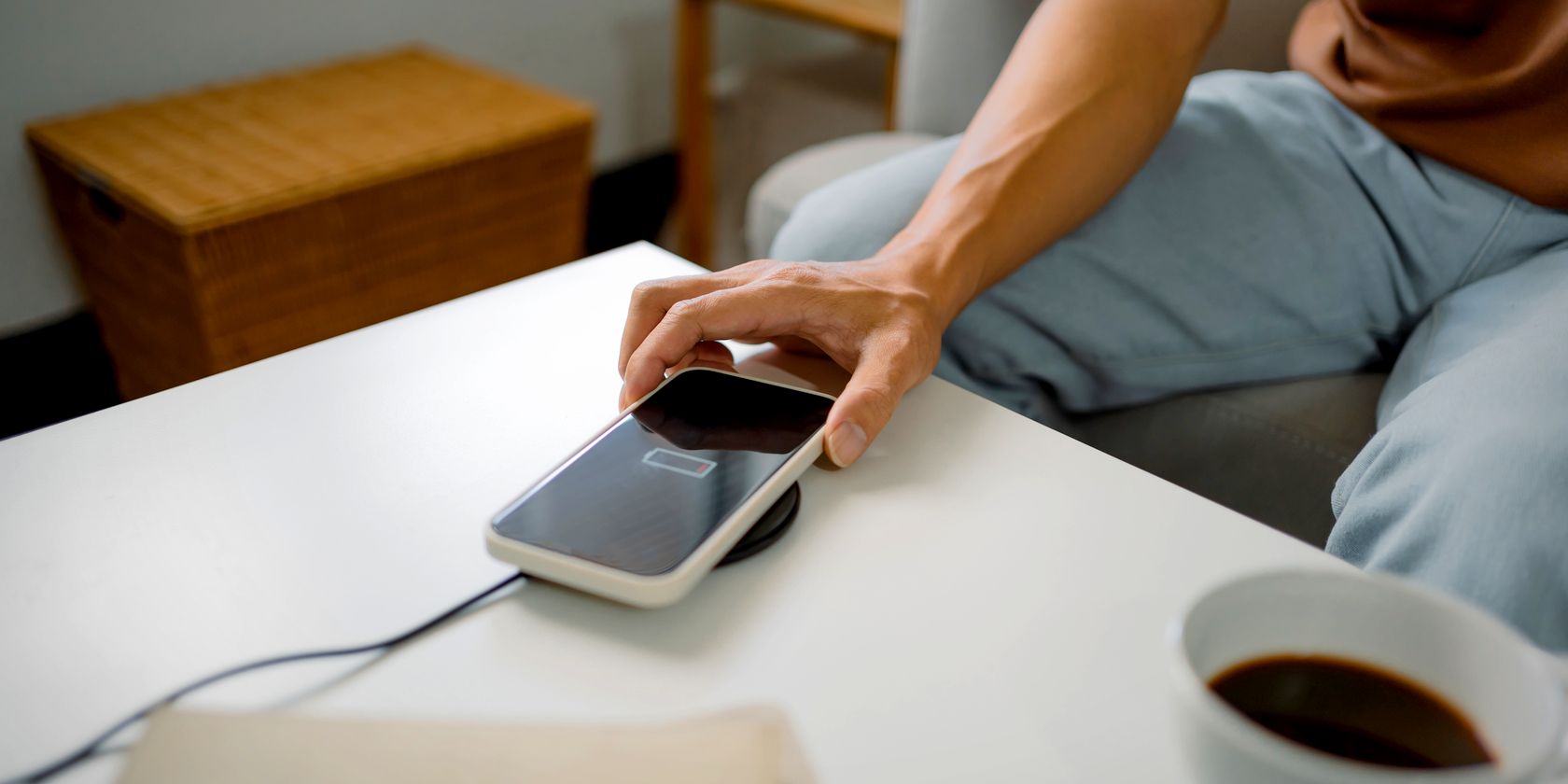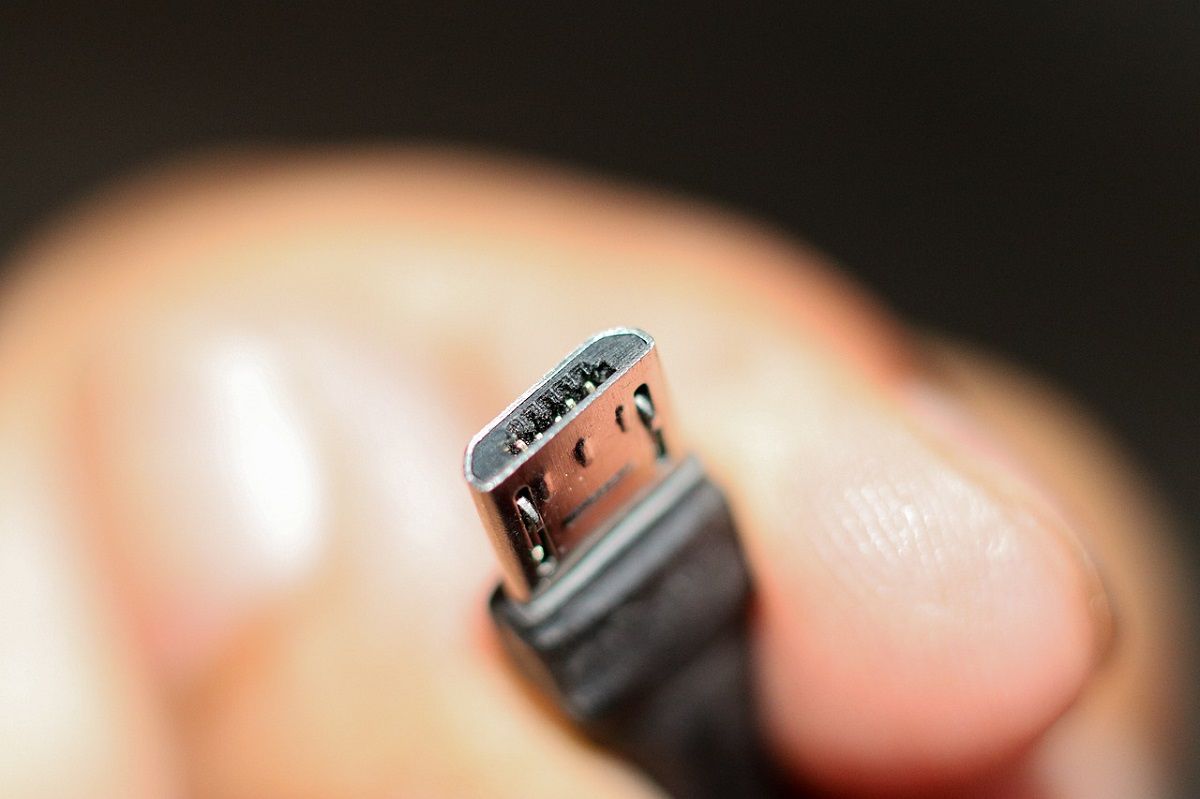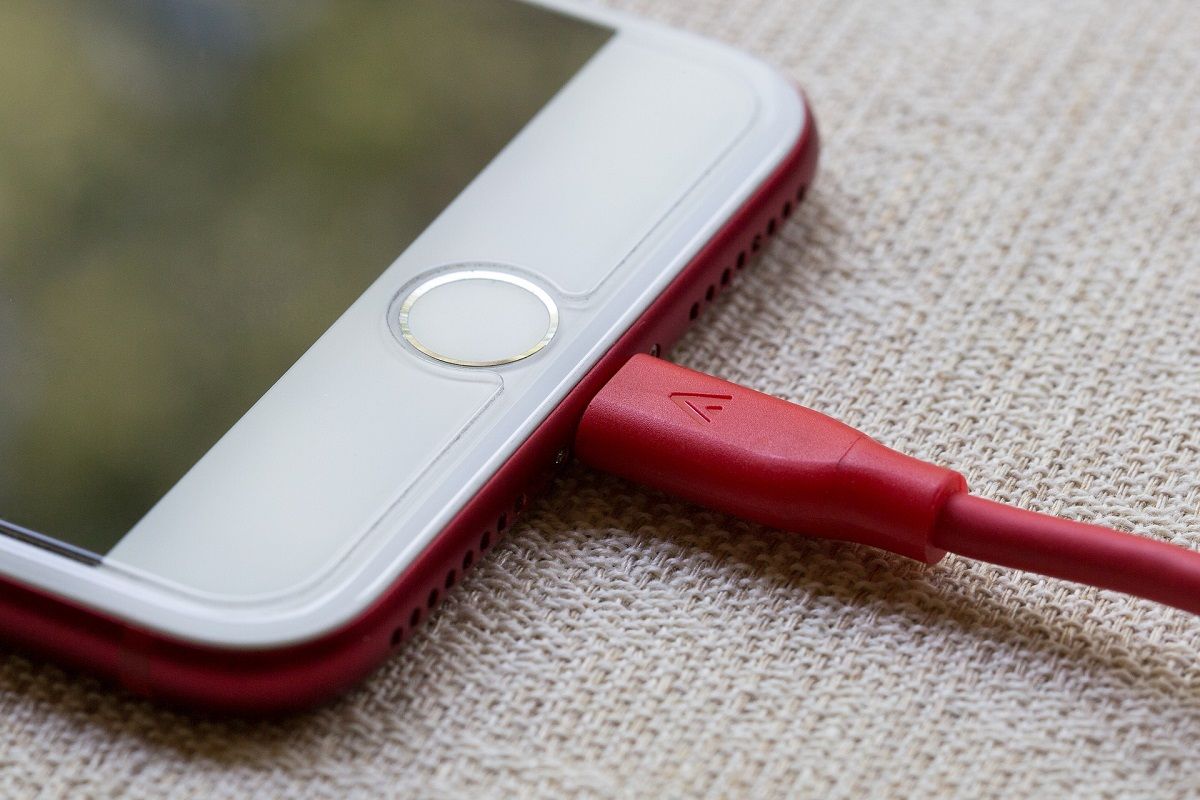You've probably heard some old wives' tales about smartphone charging, like only charging when the battery is completely empty or leaving your phone charging overnight.
While we can't pinpoint how these myths and misconceptions about phone charging came to be, we've all heard of a few that we probably believed at some point in our lives.
We're here to debunk a few phone charging myths, answer questions you may have, and help you to practice safe phone charging habits.
1. You Shouldn't Charge Your Phone Overnight
There are no risks involved in charging your phone overnight. Your phone won't overcharge, and the power won't kill your battery, destroy your charger, or start a fire. (We're assuming over here that you're not using a defective charger and that your electrical wiring system is in a top-notch state.)
Modern smartphones have lithium-ion batteries with built-in devices to stop your phone from absorbing power once the battery is fully charged. This means that, even though your phone is full and plugged in, it's technically not in use. However, you shouldn't leave your phone plugged in throughout the night, every night.
If your model isn't built to withstand consistent heat exchange, you can overheat your phone and cause real damage. To be safe, read the manual and reviews. For some, the jury is still out on whether to charge your phone overnight or not.
2. You Should Only Charge Your Phone When It's Completely Dead
Not true. You can charge your phone as often as needed.
Here's an essential piece of information: Lithium-ion batteries have limited charging cycles; for an iPhone, it's typically around 500. A cycle is a full charge from 0 percent to 100 percent. So, if you only charge your phone when it's completely dead, you'll exhaust the charging cycle pretty quickly. But if you charge the phone from 90 percent to 100 percent, you would have only used 1/10 of the cycle.
This is why experts recommend keeping the charge between 40 percent to 80 percent so you can charge your phone multiple times a day, getting the most out of one cycle. This practice extends your battery life and increases performance.
3. You Shouldn't Use Your Phone While It Charges
While there are legitimate fears behind this myth, it's not true. You can use your phone while it charges, as long as you're using a manufacturer-approved or legitimate off-brand charger and battery. Of course, you must also have confidence that there are no problems with your electrical wiring.
Real-life stories of a phone exploding while plugged in and subsequently electrocuting the user or starting a fire have contributed to this myth. And while these unfortunate situations have occurred, the authorities revealed that, in most cases, the victims used unapproved third-party or defective chargers. External factors also contributed to the explosion.
To reiterate, using your phone while plugged in is completely safe. Just make sure you're nowhere near water and are not using a sketchy third-party charger.
4. An Off-Brand Charger Will Destroy Your Battery
Not true. Off-brand chargers by legitimate retailers, such as Vinsic, RavPower, Powergen, Anker, KMS, and Belkin, are not only inexpensive but perfectly fine to use.
We can't argue that off-brand chargers are as great as the manufacturer's, but they are, at the very least, safer and better than cheap brand knockoffs. So, if that's what you want, feel free to purchase an off-brand charger from a reputable retailer. It will not destroy your battery or melt into the power outlet.
However, it's the brand knockoffs you should be careful about. Unfortunately, they are sometimes marketed and packaged as the real deal, even though they can barely get the job done. Thankfully, there are a few ways for you to check if your smartphone charger is safe to use.
5. It's Okay to Leave Your Phone on 24/7, 365
No, it's not okay.
Most of us are guilty of leaving our phones on all the time, only turning them off when there's a problem. While it's not the biggest problem in the world, it can affect the lifespan and performance of your battery over time. You don't have to turn off your phone every night. Once a week is fine. Rebooting your phone every now and then can help improve the performance of your device.
6. It's Not Safe to Leave Your Charger Plugged in
To leave your charger plugged in or not is a personal decision. While we believe there's no right or wrong answer here, we should point out that safety rules recommend unplugging chargers right after use to prevent a fire outbreak. But if you live where such situations rarely occur, you shouldn't have a problem leaving your charger plugged in.
To help you determine the best course of action, consider the following rules of thumb. You should unplug your charger if:
- Your charger heats up rather quickly and/or makes rattling noises whether or not it's in use. In this case, we recommend that you buy a new charger.
- You or your neighbors have water leaks.
- Animals roam freely in your houses. They could bite through the power cord or trip over it when it's connected to a device.
- You have power fluctuations and surges, or you don't have lightning protection.
7. As Long as It Can Charge Your Phone, You Can Use It
If the charger is from the phone's manufacturer or a legitimate off-brand retailer, we don't see why not.
As previously discussed, you should always use the original charger if you have the option to choose. There are many benefits of using the original phone charger, but the most important of them all is that they're the safest.
An original phone charger rarely explodes, melts into the power outlet, causes rattling noises, or even destroys phones.
The Most Crucial Points to Remember
Modern technology is so advanced that you don't have to worry about the various myths and misconceptions about charging phones. However, unplugging your charger overnight never does any harm, nor does it when you're leaving the house for a period.
If there's one thing we've learned, it's the mistakes of users and poor environmental conditions that are more likely to damage your phone, not the charger itself.




